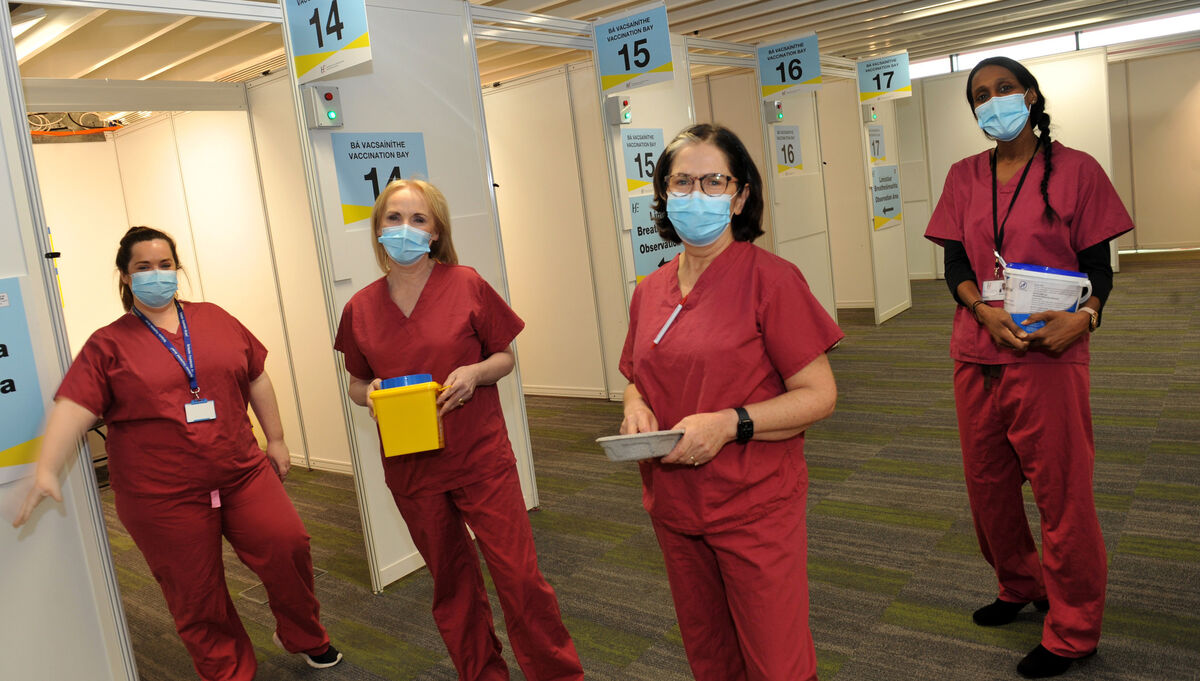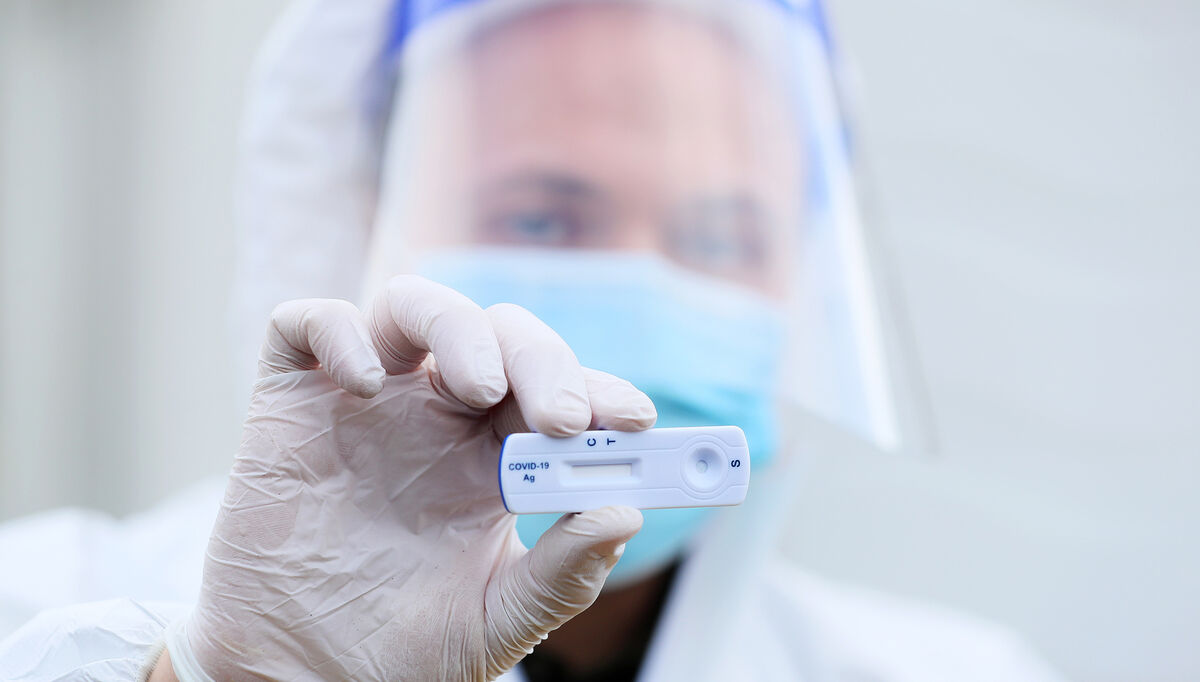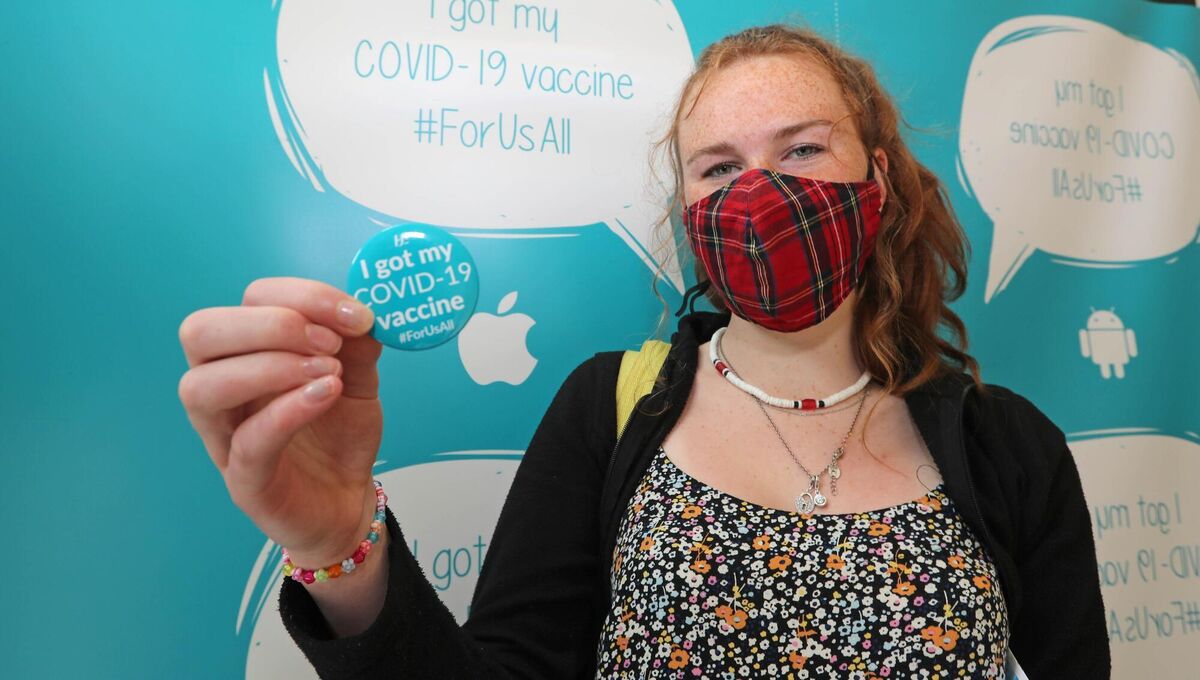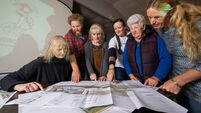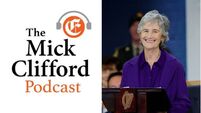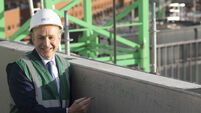Covid — Five years on: ‘There was an air of panic around what was coming'
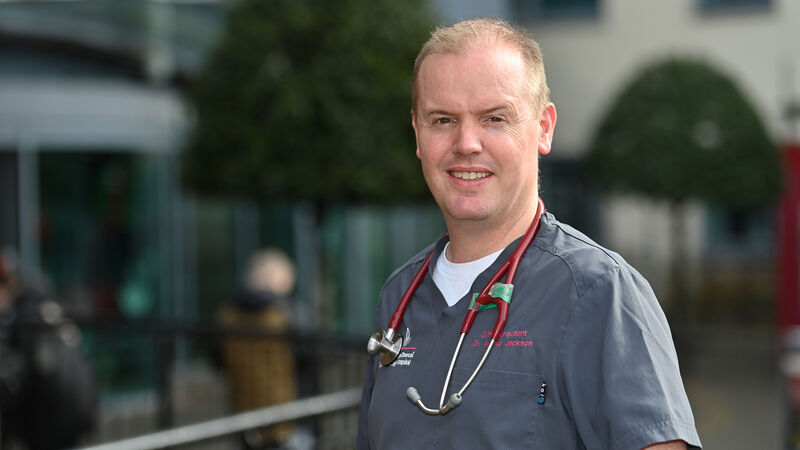
Consultant Arthur Jackson: ‘You can’t deny oxygen to the people who don’t have covid. It was that balance to make sure we had enough resources.’ Picture: Dan Linehan
Read More
"There was this whole meetings after meetings and everyone getting that little bit more anxious about what was coming upon us," he said.
